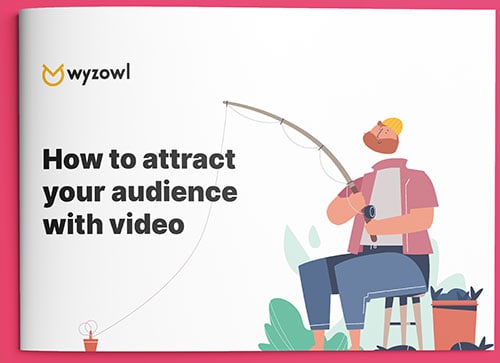Snack food giant Doritos turned to online video to promote their new range of ‘Blaze’ chips (it’s like licking a volcano apparently…) and released two short videos to enforce their message.
So anyone who skipped their 15-second video would be served the 6-second one instead.
The successful campaign led to a 19.3% lift in favorability and the Blaze range becoming the best-selling new launch for Doritos in the last five years.
With that success, many more video opportunities came about for the product including this famous super bowl ad with Morgan Freeman and Peter Dinklage:
Now that’s a return on investment!
If you don’t know how to start with what to track, what to improve, or how to promote your video, this article’s got you covered…
1. Set goals
It’s important to define the goals of your video, for example, what constitutes as good ROI to you? What are you looking to achieve and what does this look like?
Setting these goals at the beginning of your video campaign allows you to work towards a good result in an organised way.
These goals could include:
- Increase traffic- you can begin to do this by having a relevant call to action at the end of your video.
- Build contacts- lead your viewer to a contact form to get their details. Like this example from HCRI:

- Qualify prospects- using video as part of your sales pitch could help qualify prospects.
- Generate leads or opportunities- having your video front and centre on your website could give someone the push they need to get in touch! Like this example from AppToPay:
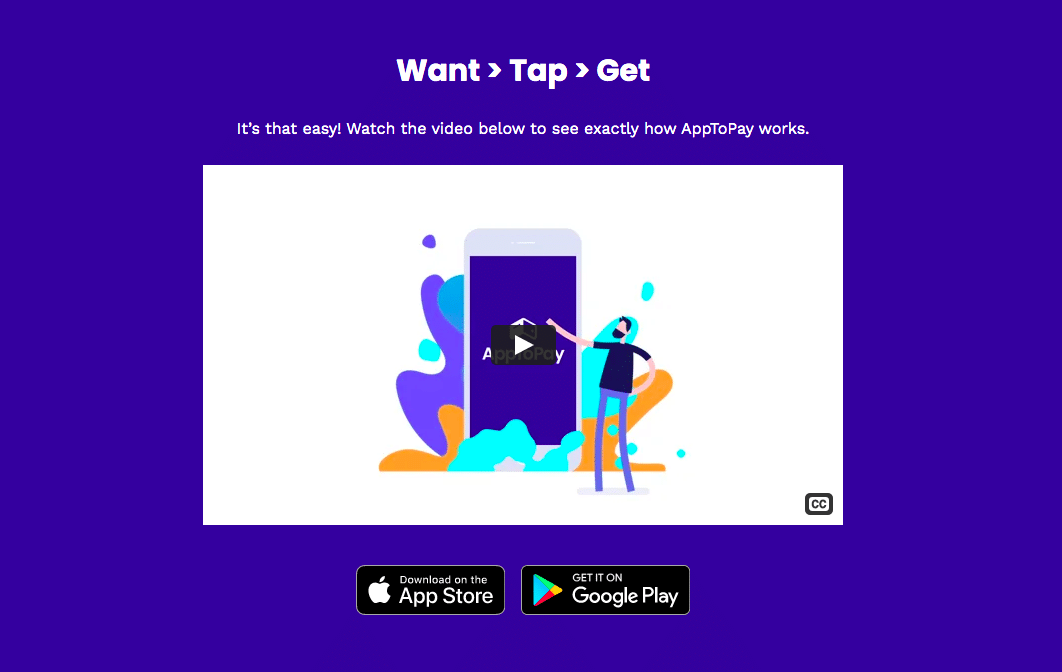
All which in one way or another equal a great return on investment.
Look at the metrics
View count– how many views a video got is usually the first thing that gets looked at, however, it can be misleading! They can be classed as a ‘vanity metric’ unless paired with things like…
Engagement- stats on engagement can be very useful, they can show exactly when people stop watching, whether they shared or even liked a video. These can be telling when it comes to when a video needs to be refreshed or updated.
Traffic- it’s useful to measure traffic from all different sources, to give you an idea about which channels are generating the most. For example, if you’re getting the most traffic from organic searches- you’re smashing your SEO game! Google Analytics is a great tool for measuring traffic.
Conversion rate- you can calculate this by analyzing what percentage of traffic, generated by a channel, actually converted. So, a video may be generating lots of traffic, but which ones are converting the most into customers? That’s where the ROI is!
Return on Ad spend– with paid campaigns, you can easily find your ROI by calculating the total revenue generated and dividing it by the total spend.
2. Choose your measurement model
Before calculating your ROI, it’s important to decide how you want to look at it.
Are you looking at your video campaign as a standalone investment, and whatever the results are they’ll stand as a singular result? That’s absolute ROI.
Or are you looking at your video campaign compared to other media spend, and the results will be set side by side with other parts of your marketing campaign? Allowing you to see which ones achieved better ROI. That’s relative ROI.
You can also look at everything in more detail with Attribution modelling. A much more complicated way of looking at things, involving looking at every individual marketing channel you use and evaluating all of the customer touchpoints on their journey to making a purchase from you.
3. Measure often
Measuring your video’s ROI can’t be a one-time thing. There’s no use in just measuring the success of your video a couple of times. It’s a long term project.
Set up time yourself or assign a team to track the campaign on a regular basis. That way you can work out where improvements could be made.
And that’s the beauty of video, it can be edited and things can be added. If your video needs updating, it might not be a case of an expensive redo, just some edits.
BJU Press used their video in a variety of ways:
In a six second bumper ad for YouTube:
Plus, a thirty second pre-roll ad:
4. Consider your distribution strategy
It’s more than putting your video on your YouTube channel and hoping for the best. Ask yourself, is your distribution strategy working? Could you add more channels?
Examples include YouTube (and other video hosts such as Wistia), your website homepage or landing page, Social media, email campaigns and email signatures.
Spotify used video in their emails to promote their partnership with Framer X. To make the video accessible they used an embedded link and also an option to watch the video elsewhere, with just one click.
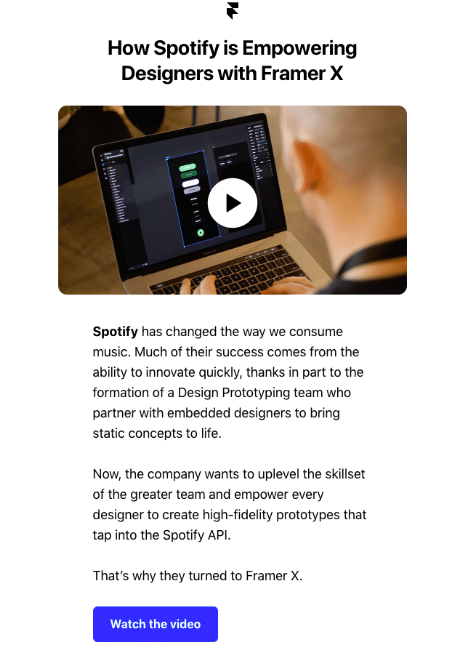
Or, are you optimising your video for each of those channels? Not every channel will have the same requirements. For example, someone who comes to your landing page may be open to watching your whole video, but someone who stumbles across your video on social media may only be interested in a short 30-second cut.
Taking into account ways of refining your video for each channel will improve its effectiveness.
Here’s an example of how that works, from Bodyform.
Their video looks like this on YouTube:
But, like this on Instagram:
It’s the perfect example of playing to different audiences!
5. Make sure the content around your video works
If you’ve spent time on your video, make sure to spend time making the content around your video amazing too!
It’s not just about what happens when the video is delivered, but also what happens next. Having everything uniform will help to increase engagement and become a recognisable campaign.
For example, if your video has a main character, include them in other marketing materials.
Here at Wyzowl, we do that with our branding:
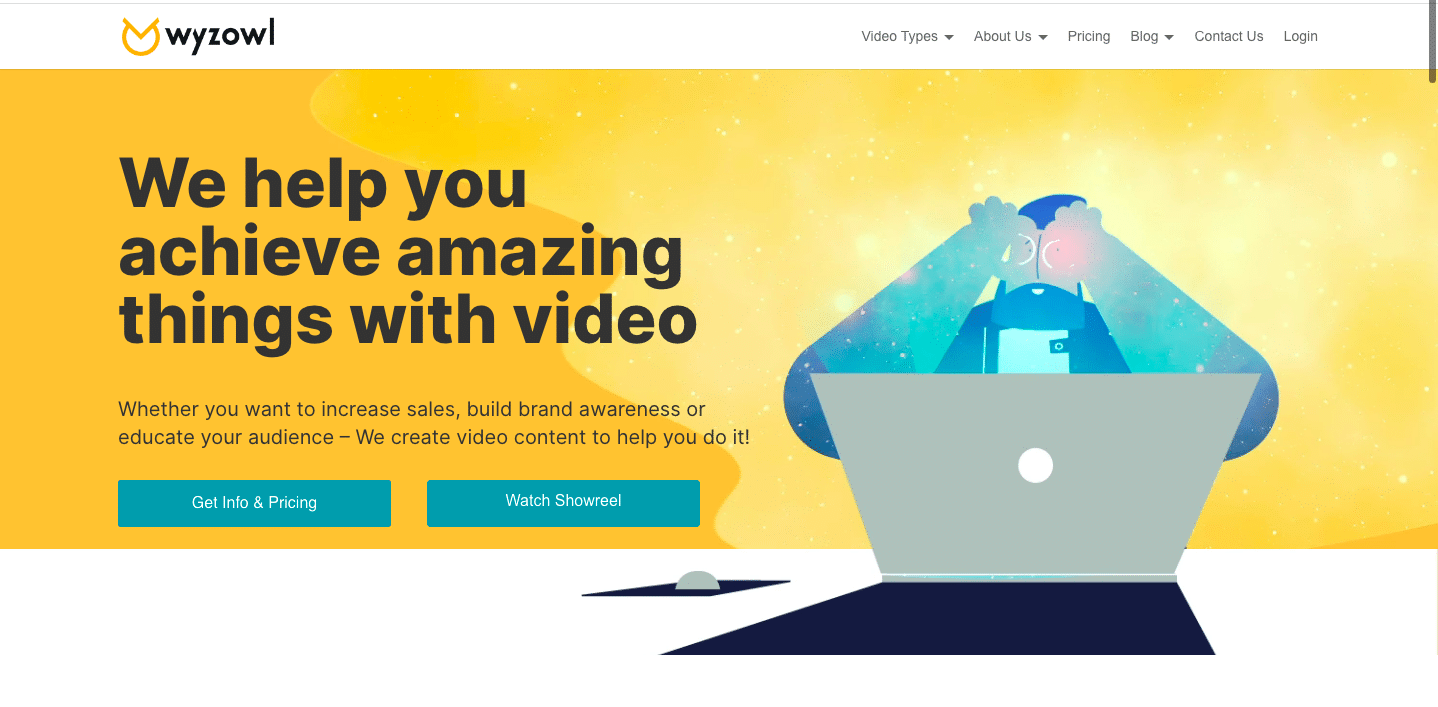
You’ll see this guy in our videos and on multiple places on our website and in our promotional materials.
Then there are the technical aspects. Make sure the web page the video is on is optimized for the best possible viewing. As well as making sure your video works on mobile browsers.
They may seem like small things, but a video that takes ages to buffer could be the difference between someone watching the whole video and someone who clicks off straight away,
Also, is the call to action at the end of your video correct? Are you leading people to the right place? If someone wants to get in contact with you after watching the video make it as easy as possible for them!
6. Re-use your video content
Instead of just uploading the full video, slice it into shorter cuts to be used in different places. Shorter cuts work well for social media and gifs can be used in email campaigns.
Make a show of your video being released, get people excited! Write a blog post based on the video content, or have specific social media posts written for the sole purpose of introducing your video.
As long as you always keep in mind your audience and what they find useful, the options for repurposing your video content are almost limitless.
Tools to help measure your video ROI
- YouTube Analytics– being the most popular video platform out there, it’s no surprise that YouTube gives you amazing insight into how your video is doing should you choose to host it there. They provide you with watch time (in minutes), views, subscribers and top videos by watch time. Plus engagement reports to delve into why your top videos are working the best.
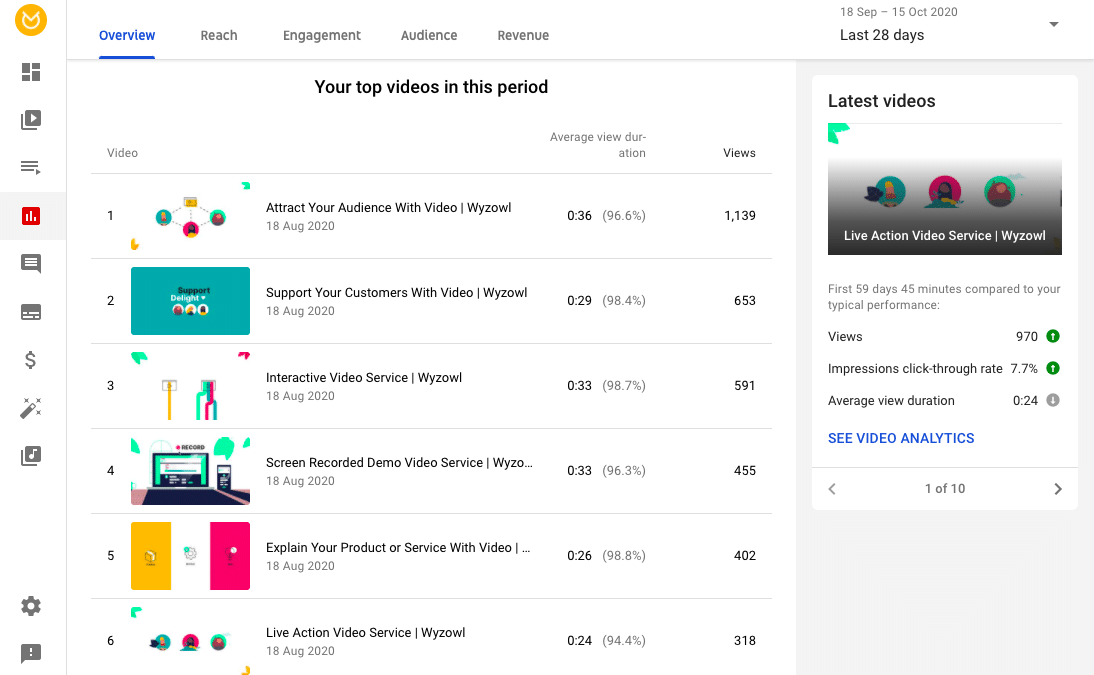
- Socialbakers– a popular social media analytics platform that can be used to measure how your video is doing on multiple platforms. Helping you to measure, report and predict performance, plus help with decision making.
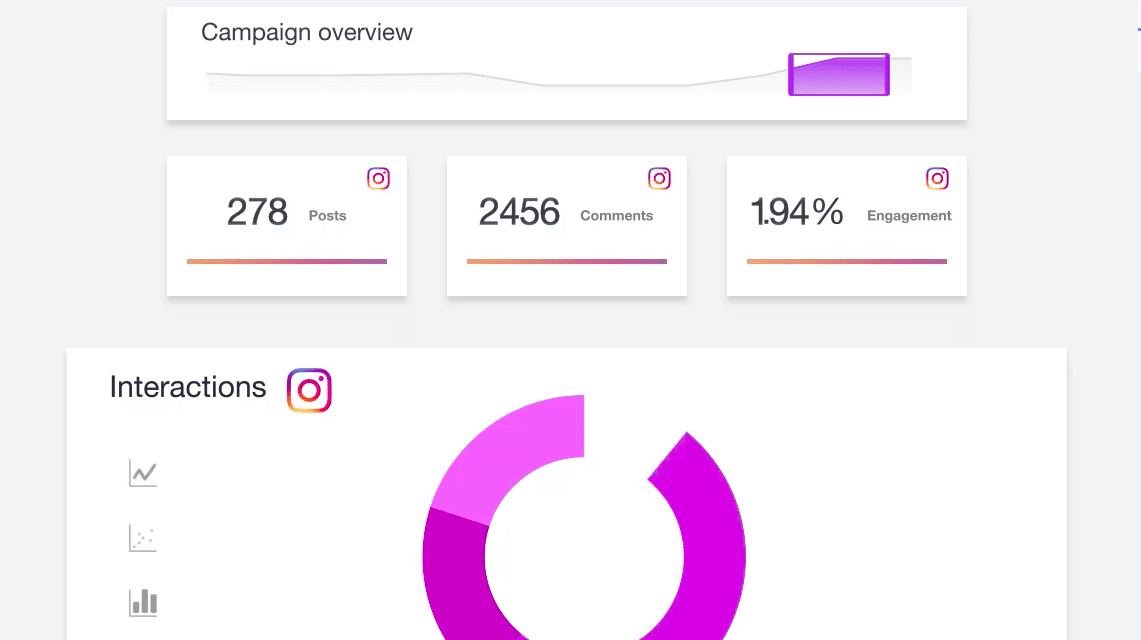
- Facebook Insights- if you upload your video to Facebook, you’ll be provided with an insights graph. This shows view totals and minutes viewed and can be compared in different categories such as weekly, monthly and yearly.
Final thoughts
Throughout this whole article, we’ve driven home the point that measuring and improving your video ROI is important, and we get that it can seem like a mammoth task.
But with 84% of marketers saying video has helped them generate leads and 86% saying it’s increased traffic to their website, it’s worth crushing those numbers, right?
For inspiration on what type of videos you could use in your next campaign check out some of our animated video examples.






